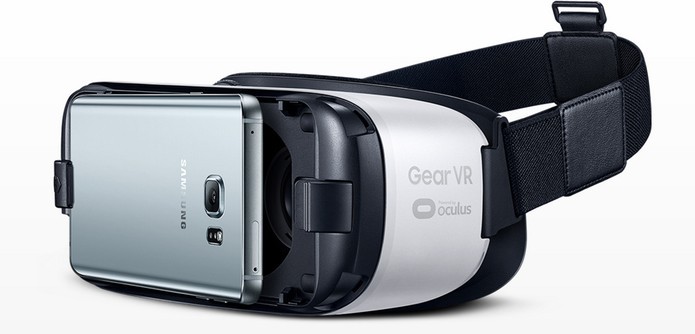
- #Eve valkyrie gear vr install
- #Eve valkyrie gear vr drivers
- #Eve valkyrie gear vr full
- #Eve valkyrie gear vr Ps4
#Eve valkyrie gear vr Ps4
In order to use PSVR I currently have to move the PS4 out of the cupboard in order for the camera to be in a decent position to track the PSVR headset and Move controllers. In my living room, for instance, the TV is wall mounted with HDMI cables chased into the wall, running down to an AV amplifier and cupboard. The only annoyance is that the cable for the camera is far too short if you have your PS4 positioned away from the TV. The whole process is seamless, and relatively short, depending in your broadband connection.
#Eve valkyrie gear vr install
You plug the PSVR’s external processing box (which splits the HDMI signal, allowing another person to view what you’re doing in VR on a TV) into the PS4 via USB, plug the PS4 into that, run another cable out to your TV, plug the PlayStation Camera into the PS4, and then let the system download and install the relevant software.
#Eve valkyrie gear vr drivers
There are no graphics card drivers to install, or compatibility issues to worry about-everything just works. New kid on the block PSVR is the easiest of the tethered headsets to set up, thanks in part to using the PlayStation 4 for its graphical chops. No bundles announced yet. (US has a $500 bundle with required Camera, two PlayStation Move controllers, and PlayStation VR Worlds game) Requires PlayStation Camera.ģ.5 mm audio jack on cord, built-in microphoneġ43x36x143mm Processor Unit integrating HDMI, USB and power connections. From there you can easily browse for content with minimal fuss. With the Gear VR you simply slide your Samsung phone (Galaxy Note 5, Galaxy S6/S6 Edge/S6 Edge+, or Galaxy S7/S7 Edge) into the housing, load up an app (or the Oculus launcher) and strap it to your face.
#Eve valkyrie gear vr full
This is different to the full 3D positional tracking of tethered headsets, but the flip side is that setup is super-easy.

Set up: Easy on mobile, tough on PCīoth Google Cardboard and Gear VR use your smartphone as an all-in-one VR display, tapping into its various sensors-accelerometers, cameras, and gyroscopes mostly-to let you look around a 3D game, or circle a 360-degree movie. If you’d rather read some text than watch a video, we’ve got you covered below too. We rounded up five of the most compelling headsets in the video above and put them through some serious, and not-so-serious testing to to bring you our verdict on the best headsets. Which is to say that with so much choice in VR right now, there’s pretty much a headset out there for everybody regardless of budget, space, or the kind of experience you’re after. So much so that we think it’s about time to give you a hard, once-and-for-all, definitive, totally serious buyers guide for the best VR headset for you.

You can’t buy all the VR headsets, so what do you do then? Fortunately, we at Ars Technica have been sliding our sweaty foreheads into the Oculus Rift, HTC Vive, PSVR, Samsung Gear VR, and Google Cardboard for months now. There’s PlayStation VR for the cool kids that like having a small London nightclub strapped to their faces the HTC Vive for the nerds that want to look some sort of HR Giger nightmare and even Google Cardboard, a sort of Fisher Price “my first VR” for the tech curious.īut let’s say for a moment you aren’t flush with cash like, say, a doctor or a YouTuber with a gambling website. In just a few short years, we’ve gone from a world with no virtual reality headsets (or at least, no good virtual reality headsets), to a world where it every man and his dog is making some sort of head-mounted display. What's the best VR headset for you? We find out via a series of totally objective, 100 percent useful tests.


 0 kommentar(er)
0 kommentar(er)
